Cane berries require ample water and fertiliser for good growth and fruit set. The roots can dry out quickly in warm weather, so applying sugarcane mulch around your plants will be beneficial. Add some slow-release fertiliser around your plants once they start to sprout to encourage healthy growth.
Watering every couple of weeks during fruit set with a diluted liquid seaweed solution will also help your plants produce delicious fruit. There are many slow-release fertilisers available that contain adequate levels of potassium, an important element for fruit production.
Plant Care & Tips
How to Prune Berries
When it comes to caring for your plants, pruning is a crucial step that must be conducted properly otherwise your plant will not fruit next season. There are two main fruiting types of berry canes in the Mr Fothergill’s range that require different approaches:
Floricane Variety (Summer Fruiting)
Floricane refers to the second-year growth and is what the majority of Mr Fothergill’s berries set fruit on. A floricane begins life as a new green primocane and turns woody and brown over time. Once this second-year stalk has fruited for the season, it is pruned off, allowing younger primocanes to grow and develop into the next fruiting floricane.
Primocane Variety (Autumn Fruiting)
Primocane varieties will fruit on the first season’s growth. The entire plant can be cut back to ground level in winter after fruiting. Autumn Bliss is a primocane variety of raspberry which produces abundant large fruits.

 How To Grow Berries
How To Grow Berries

 Soil Preparation
Soil Preparation

 Planting
Planting

 Maintenance
Maintenance

 Harvesting
Harvesting

 How to Grow
How to Grow
 Soil Preparation
Soil Preparation
 Planting
Planting
 Plant Care
Plant Care
 Harvesting
Harvesting













































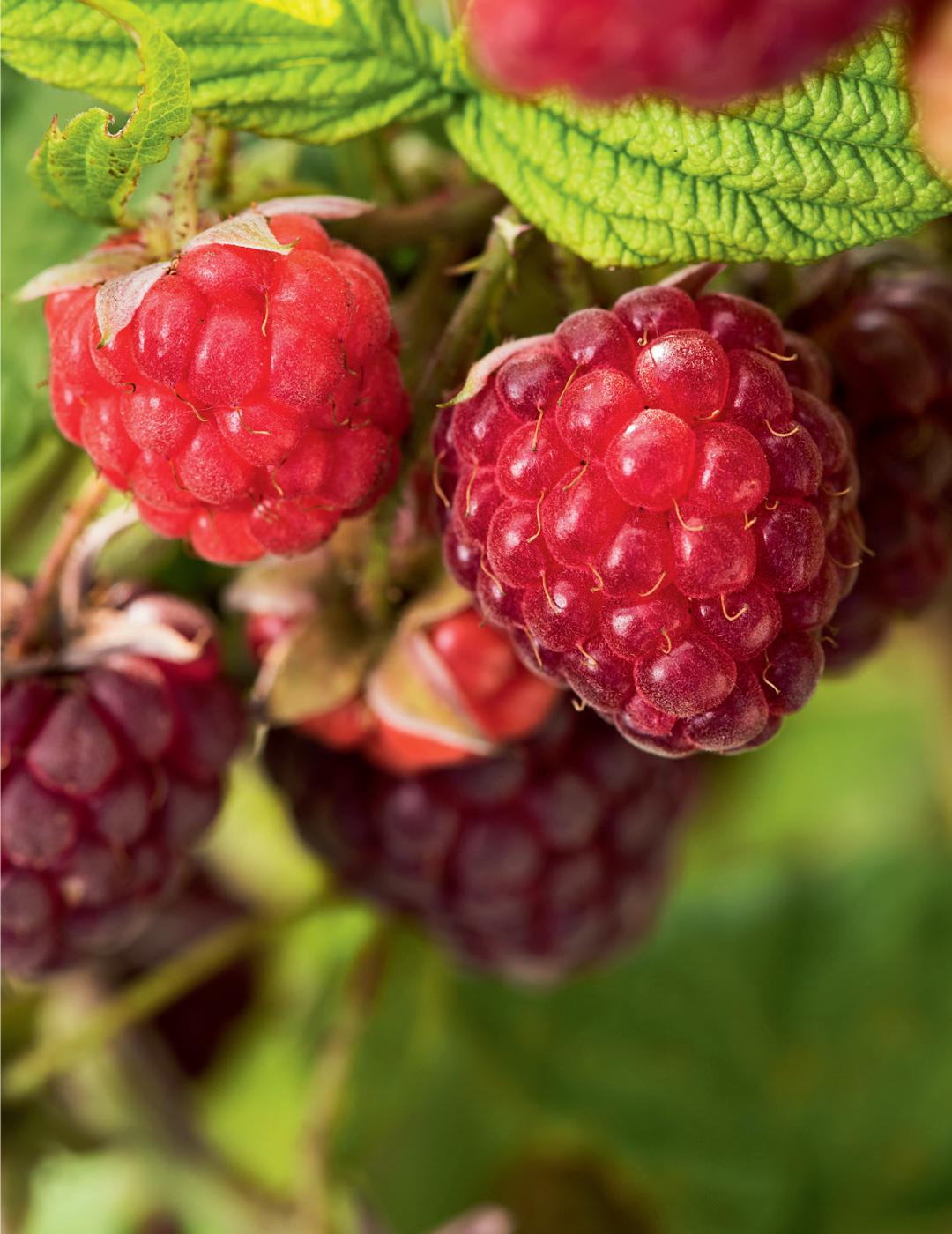
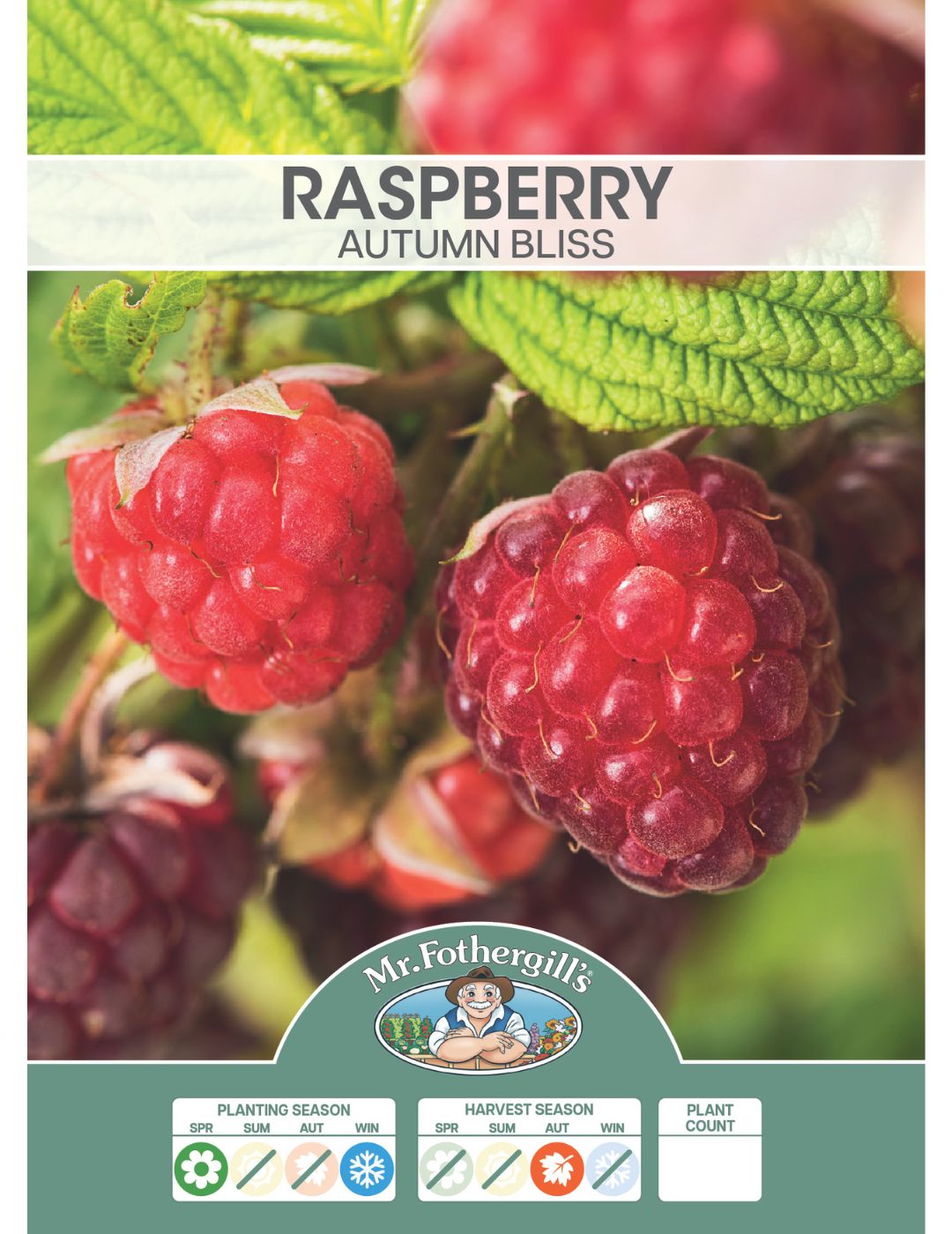
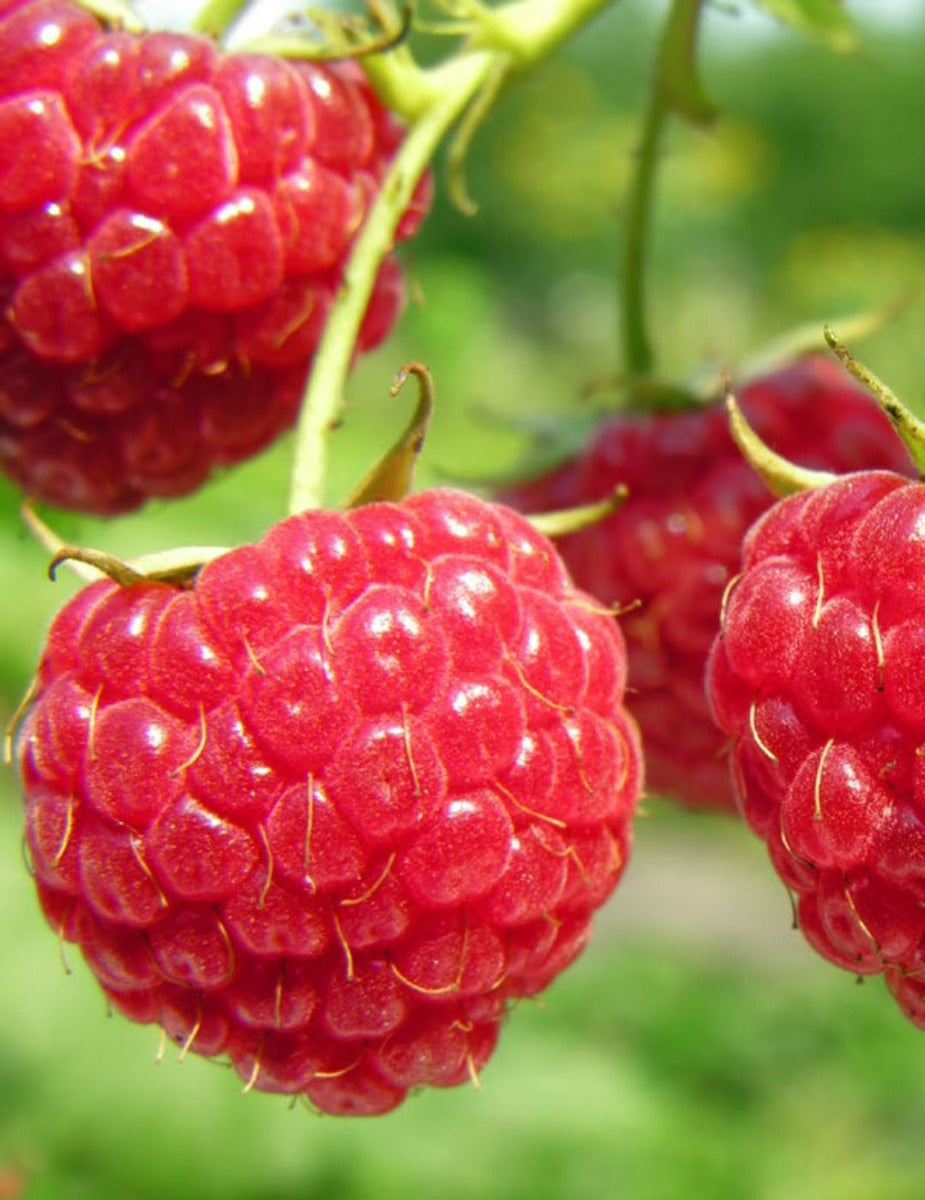
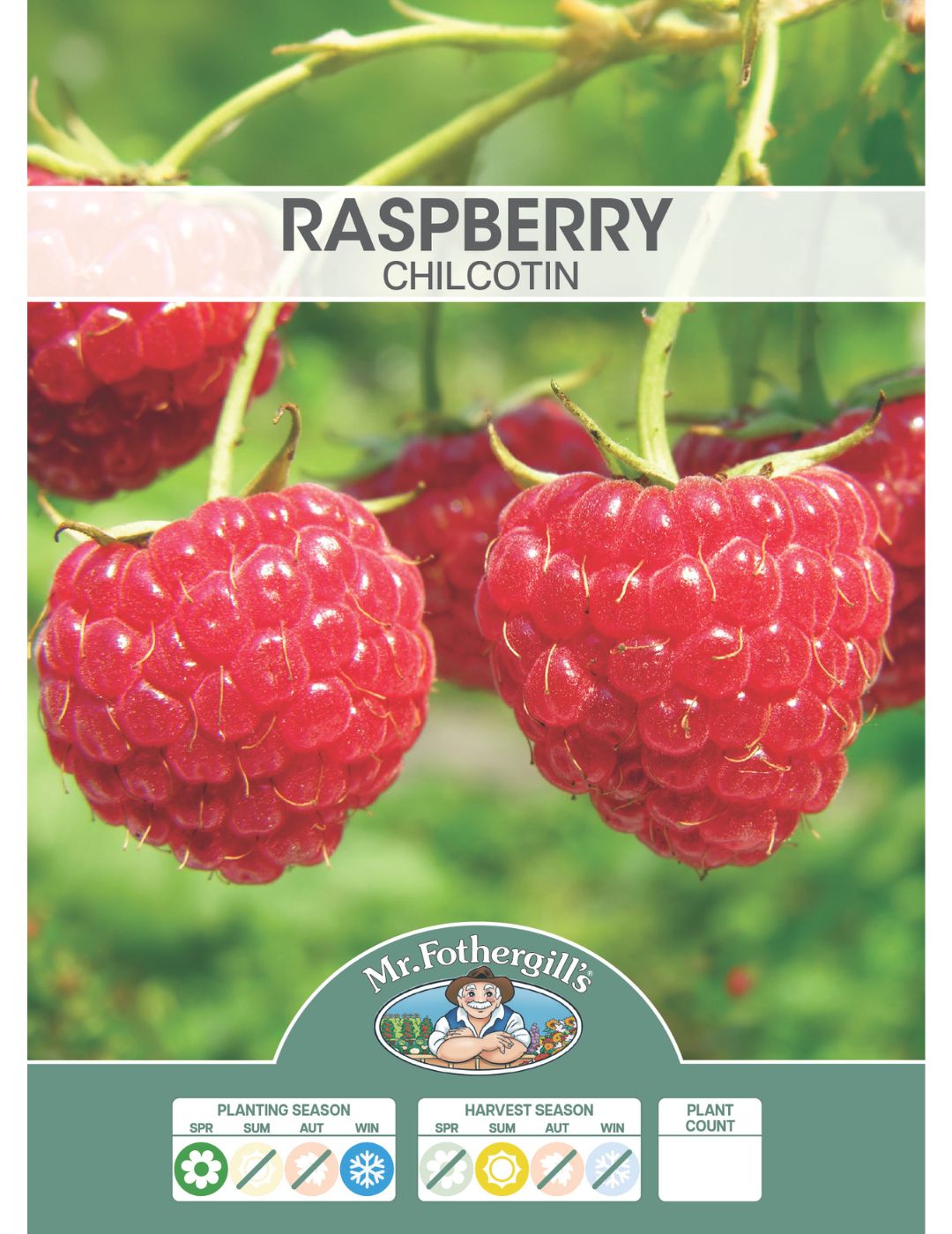
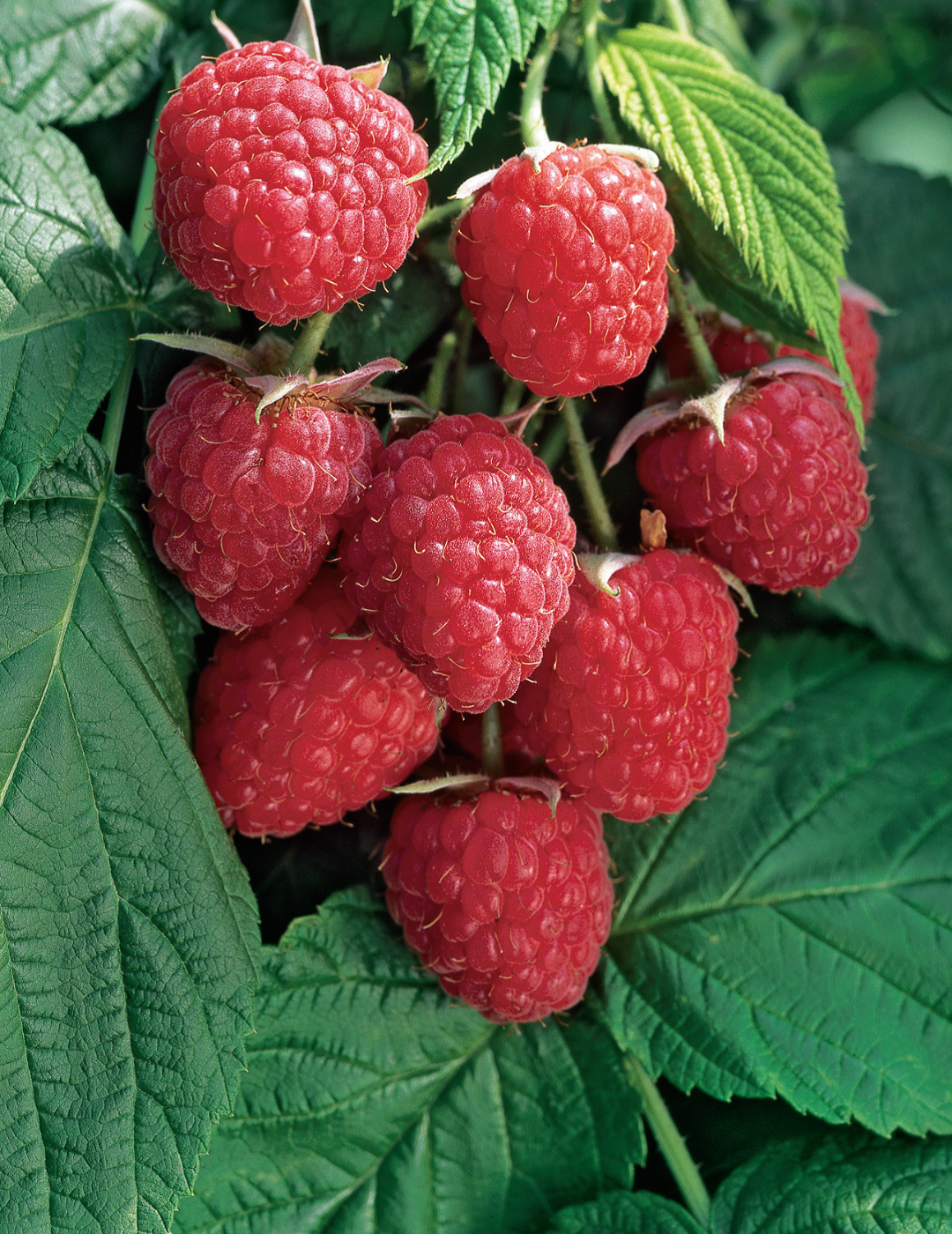
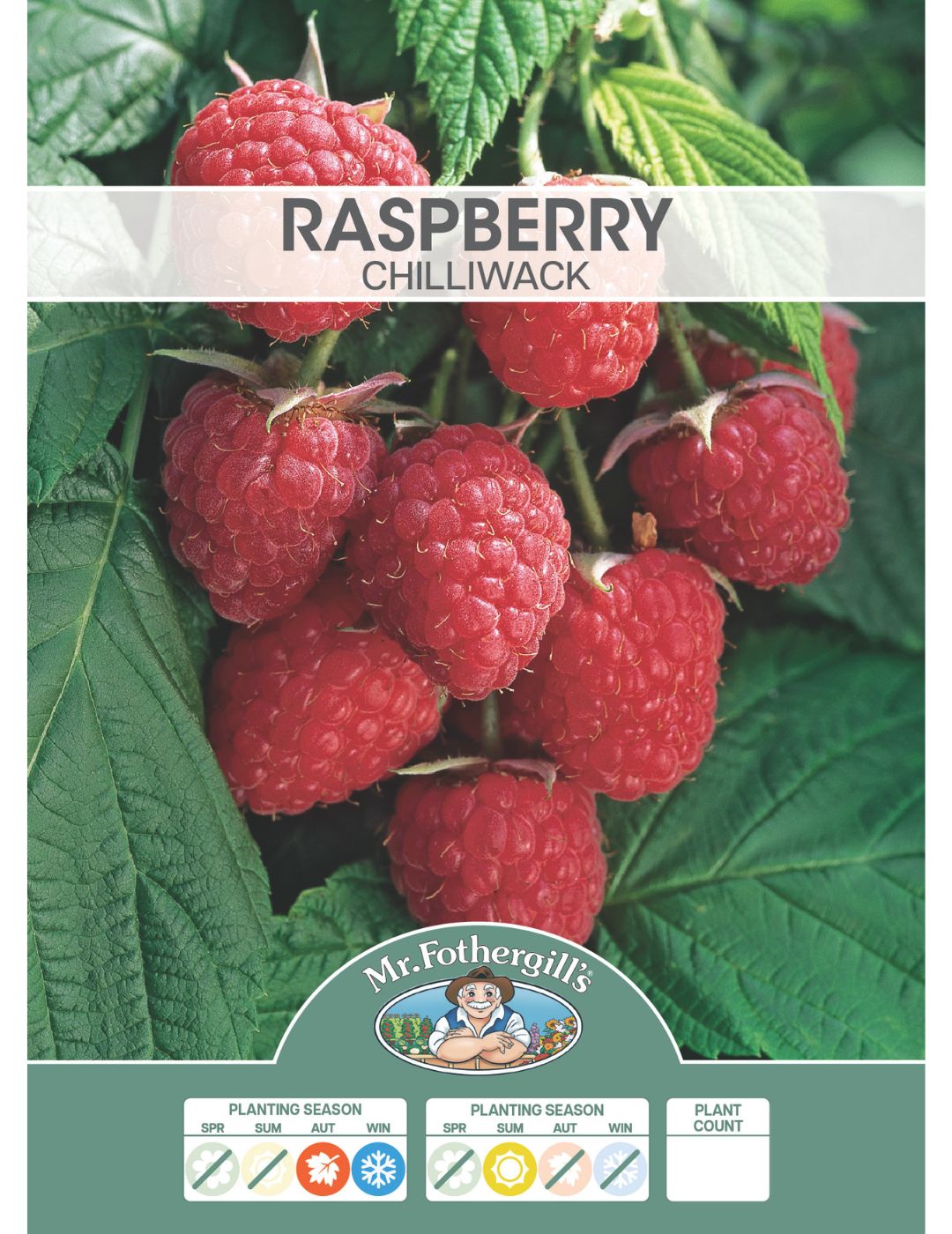
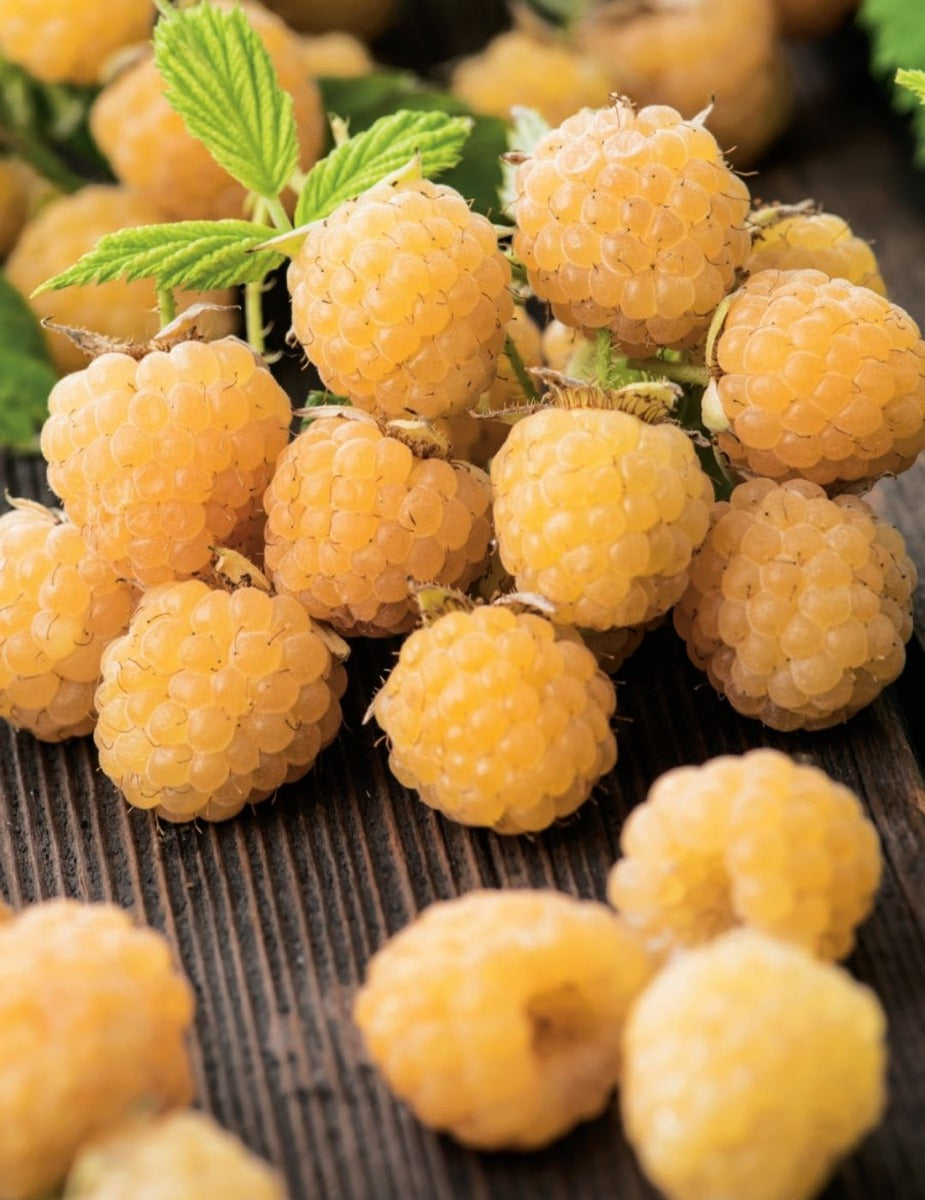
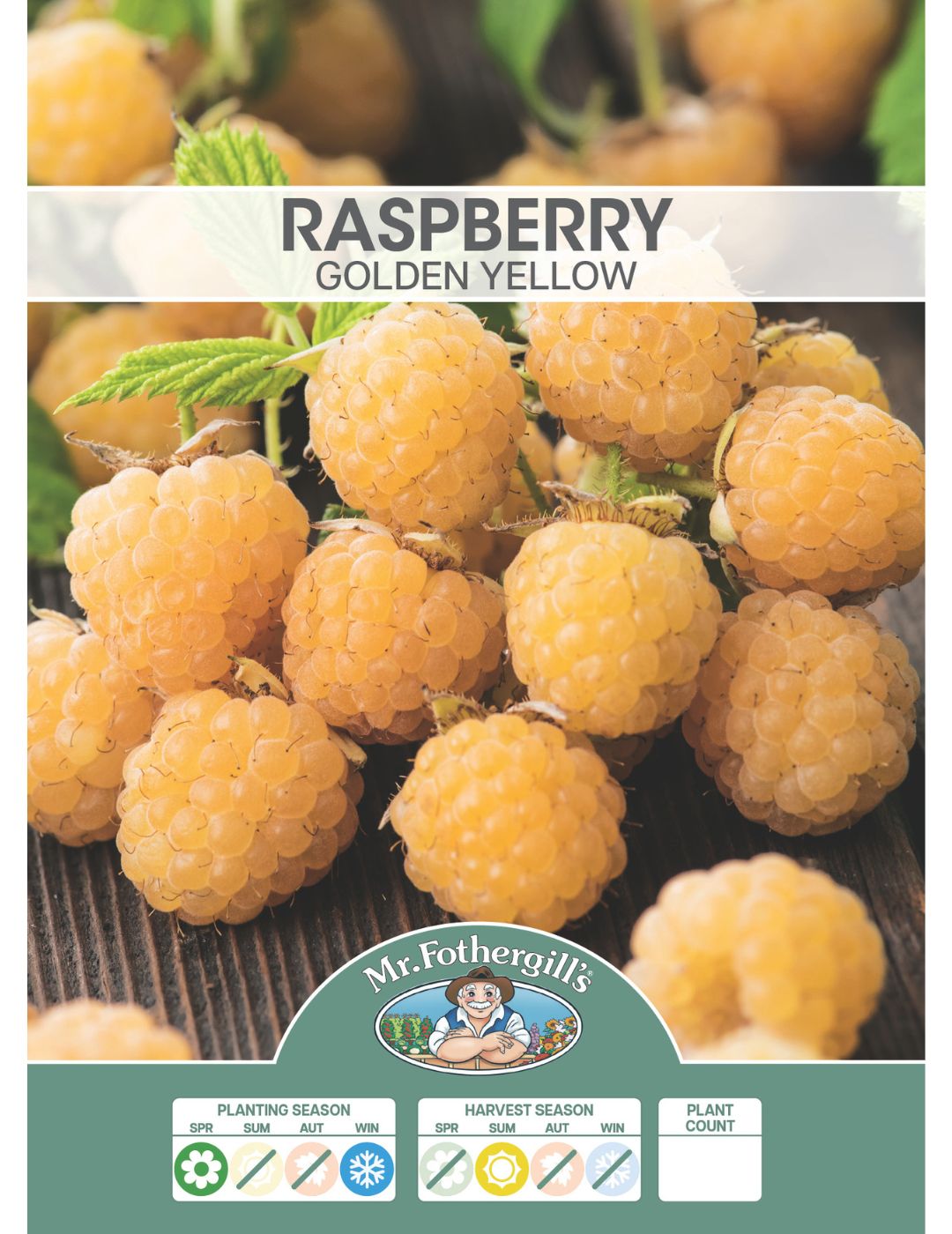
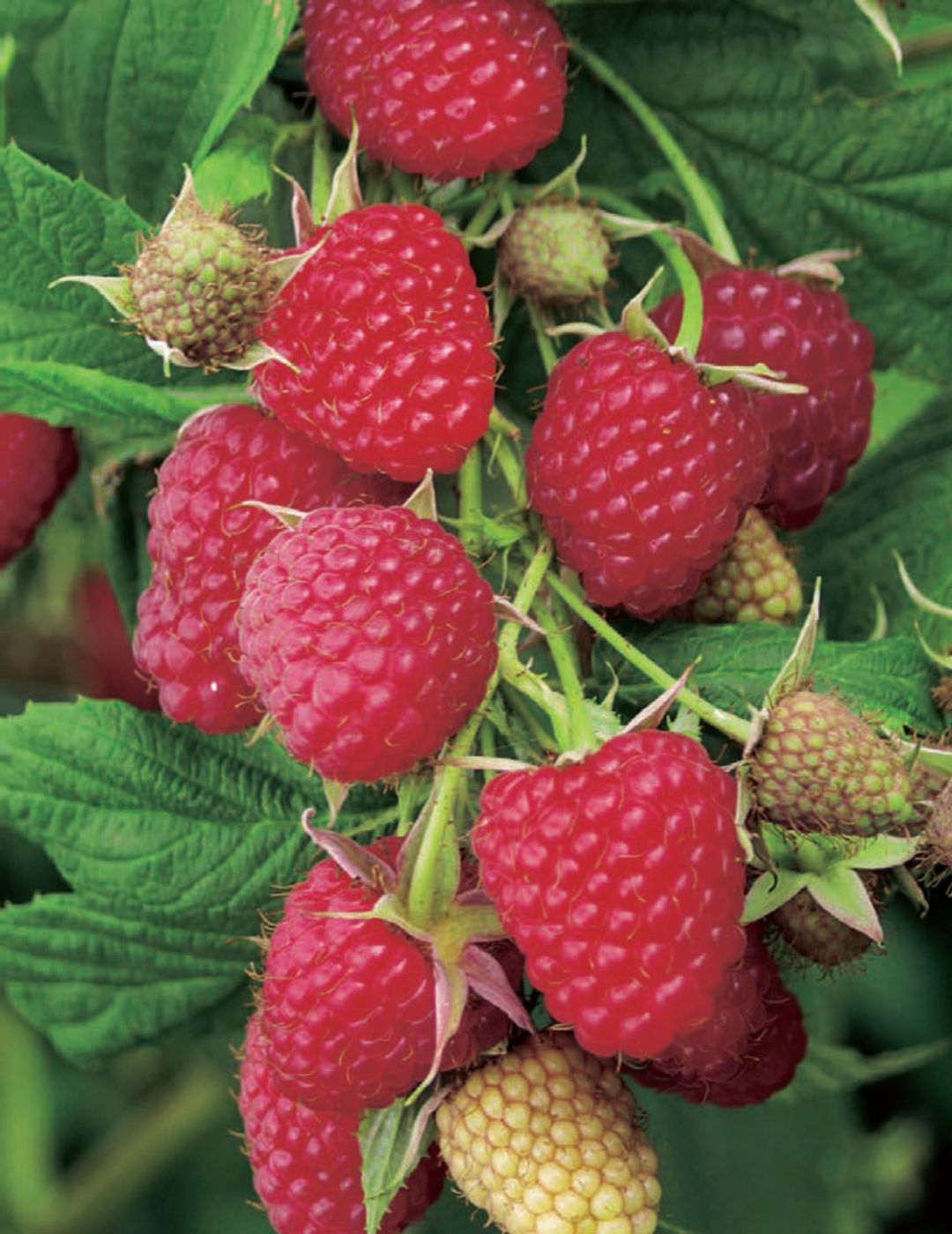
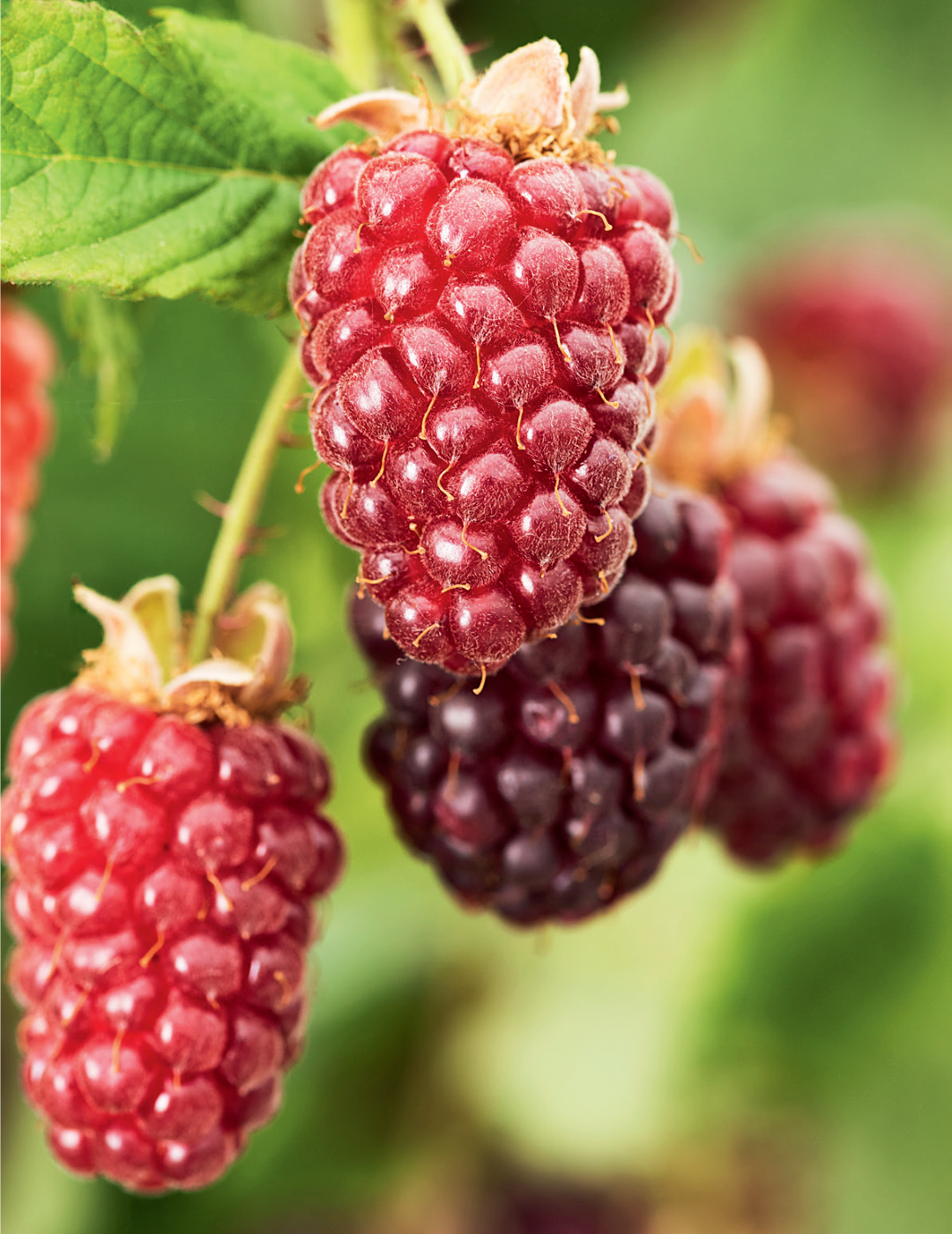
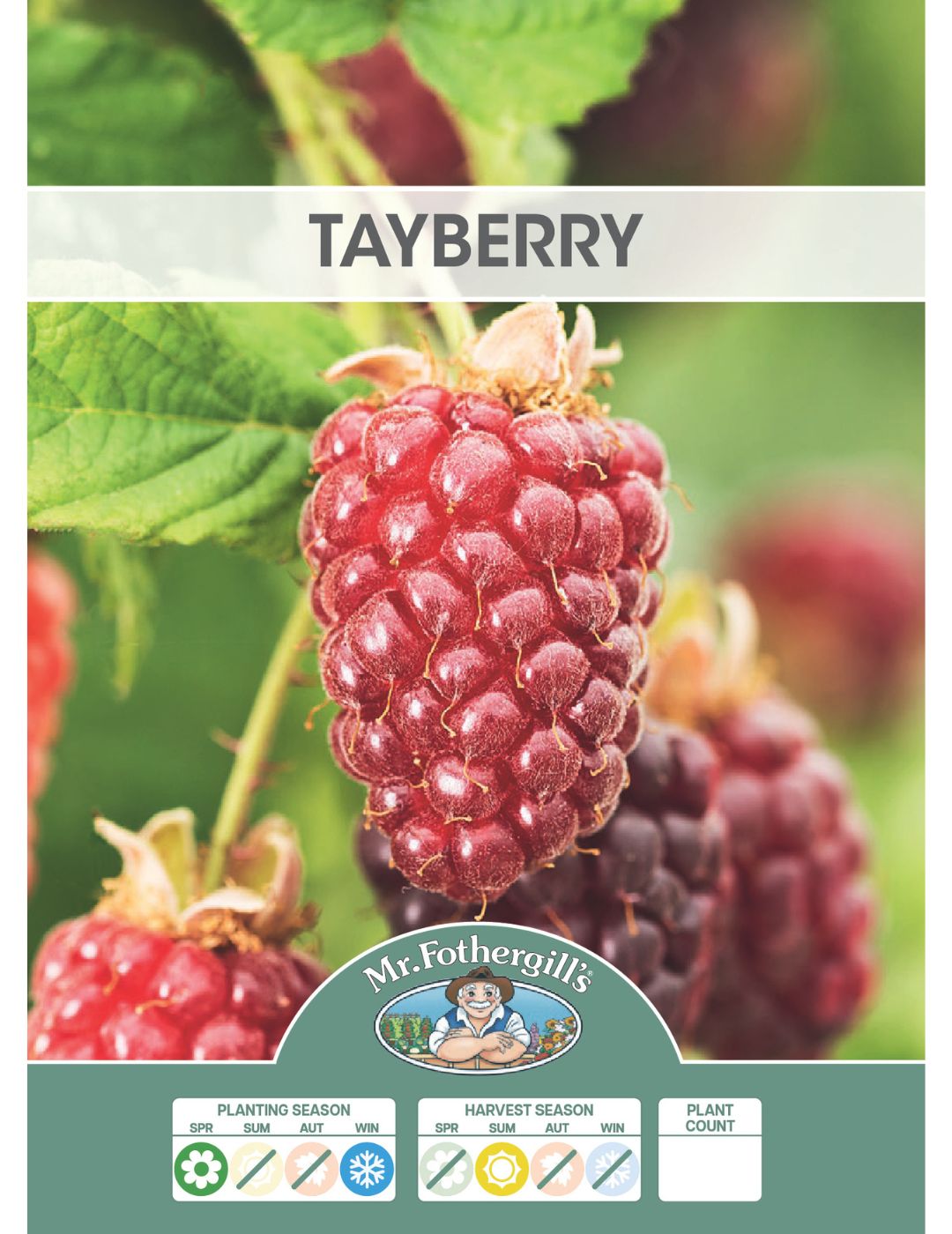
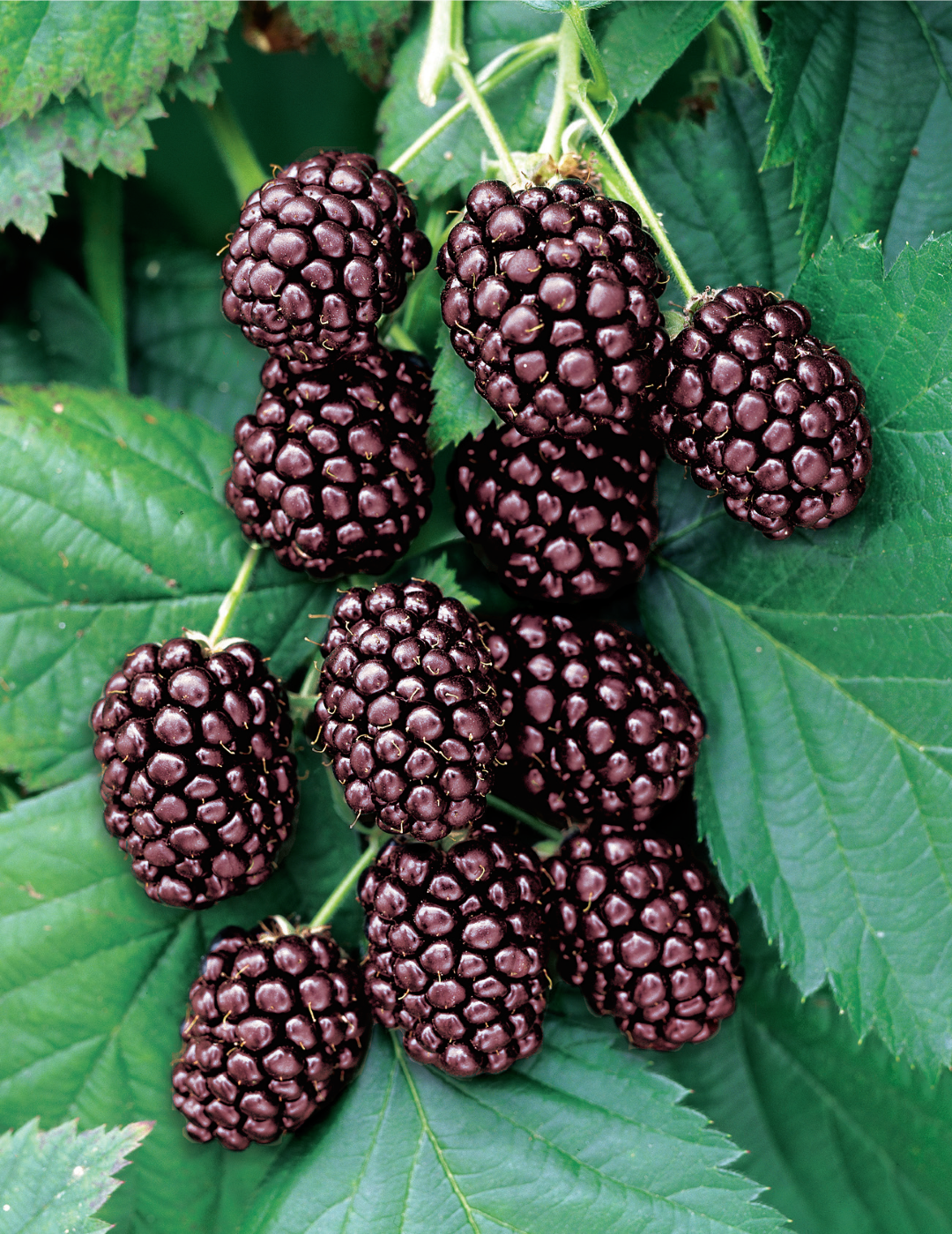
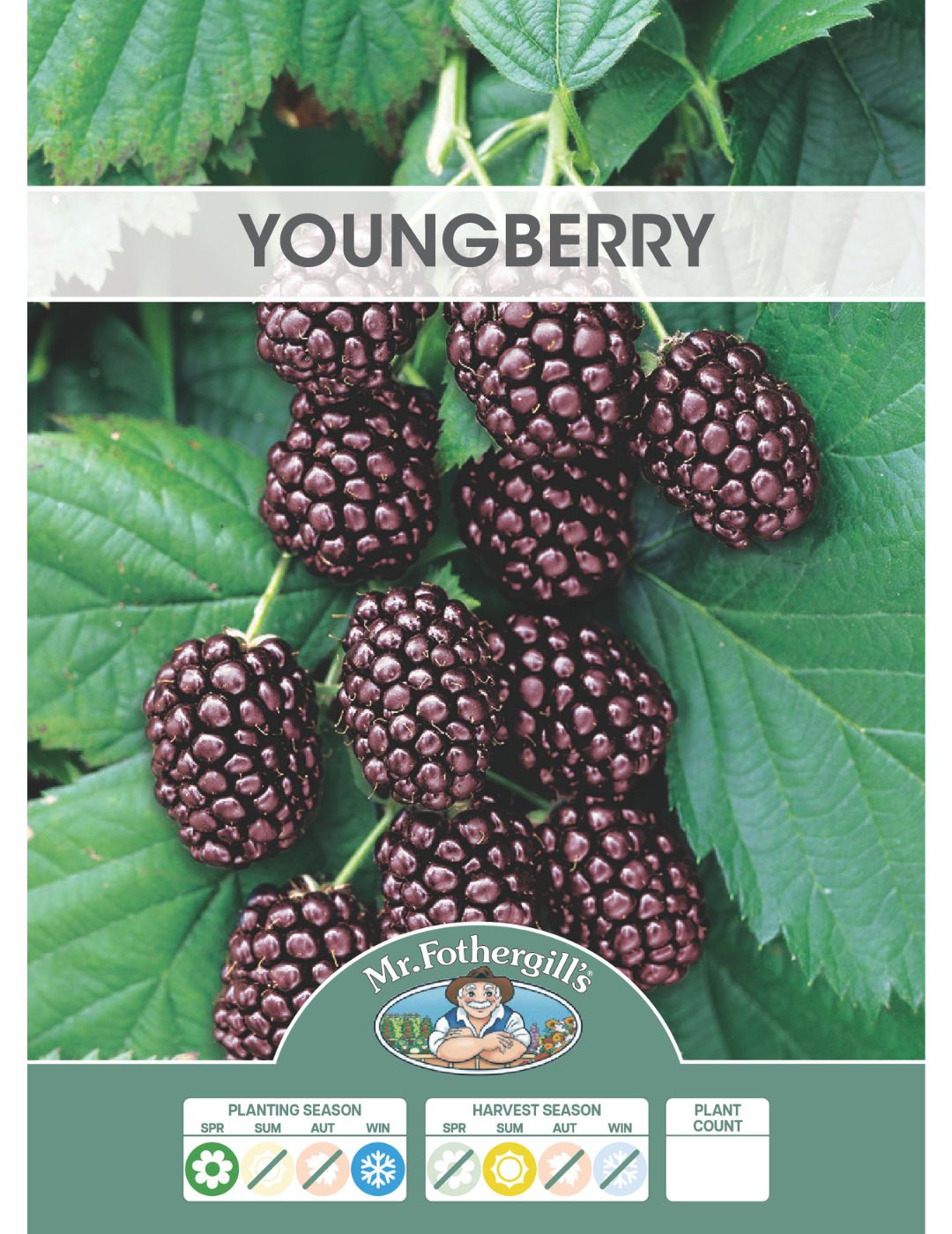
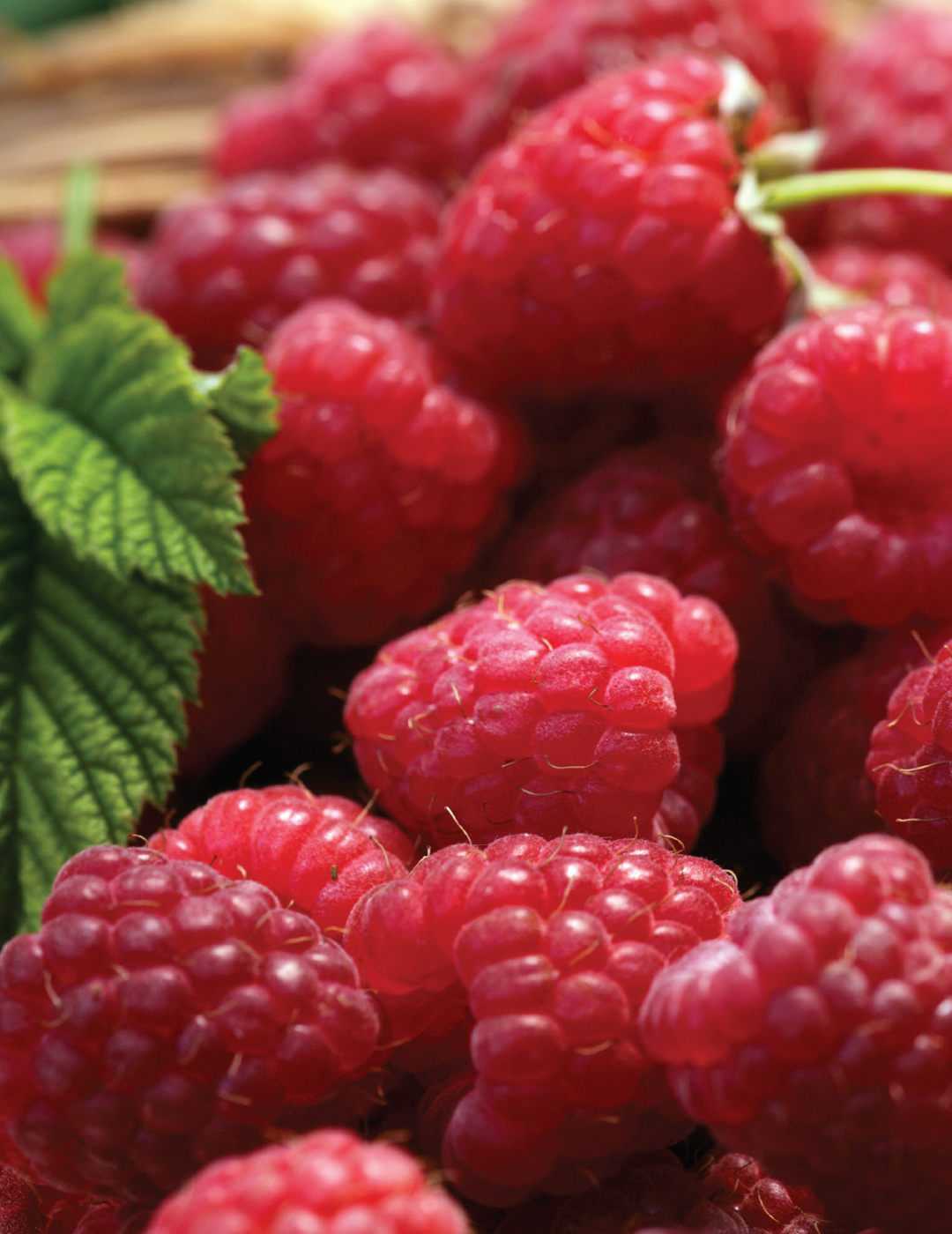
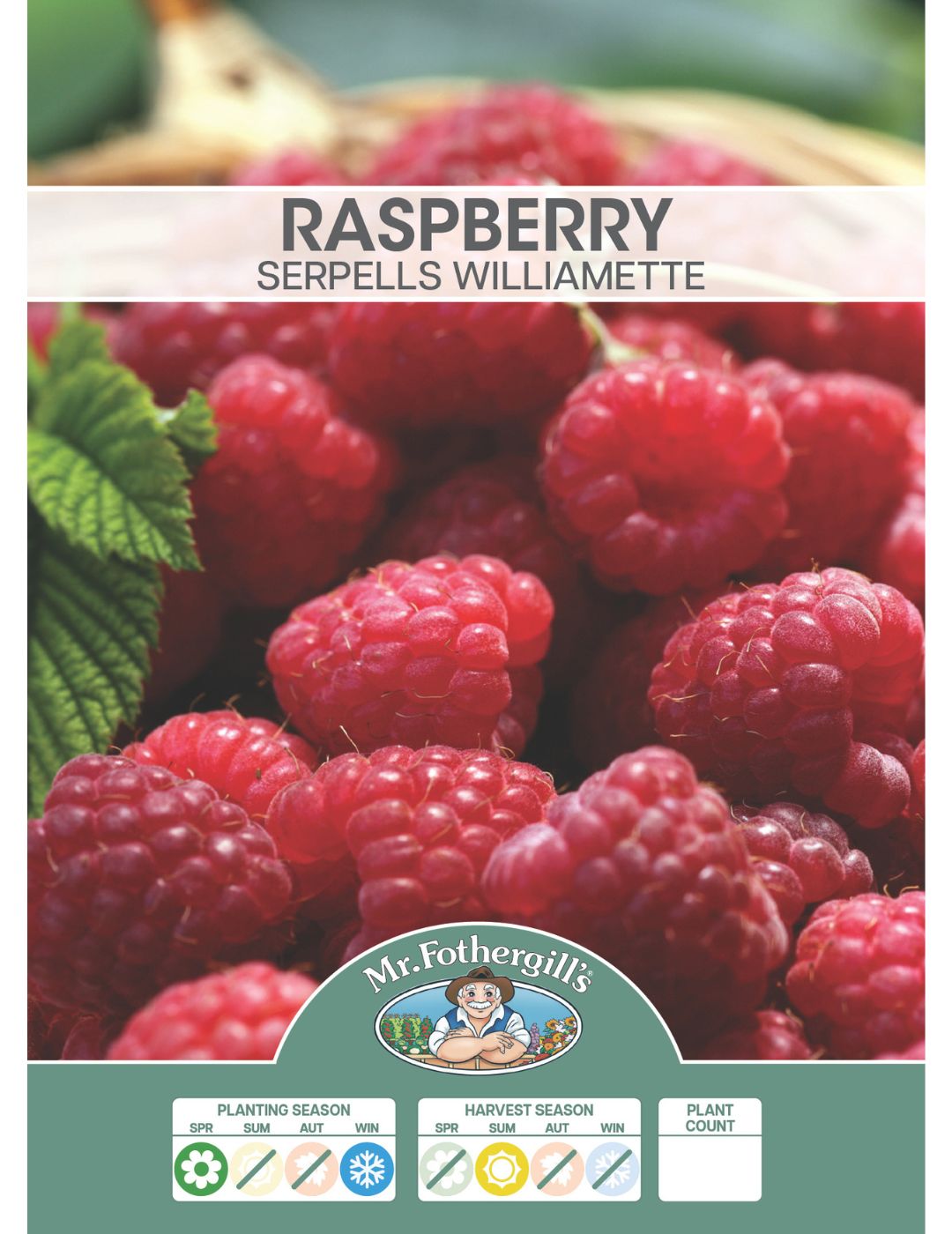
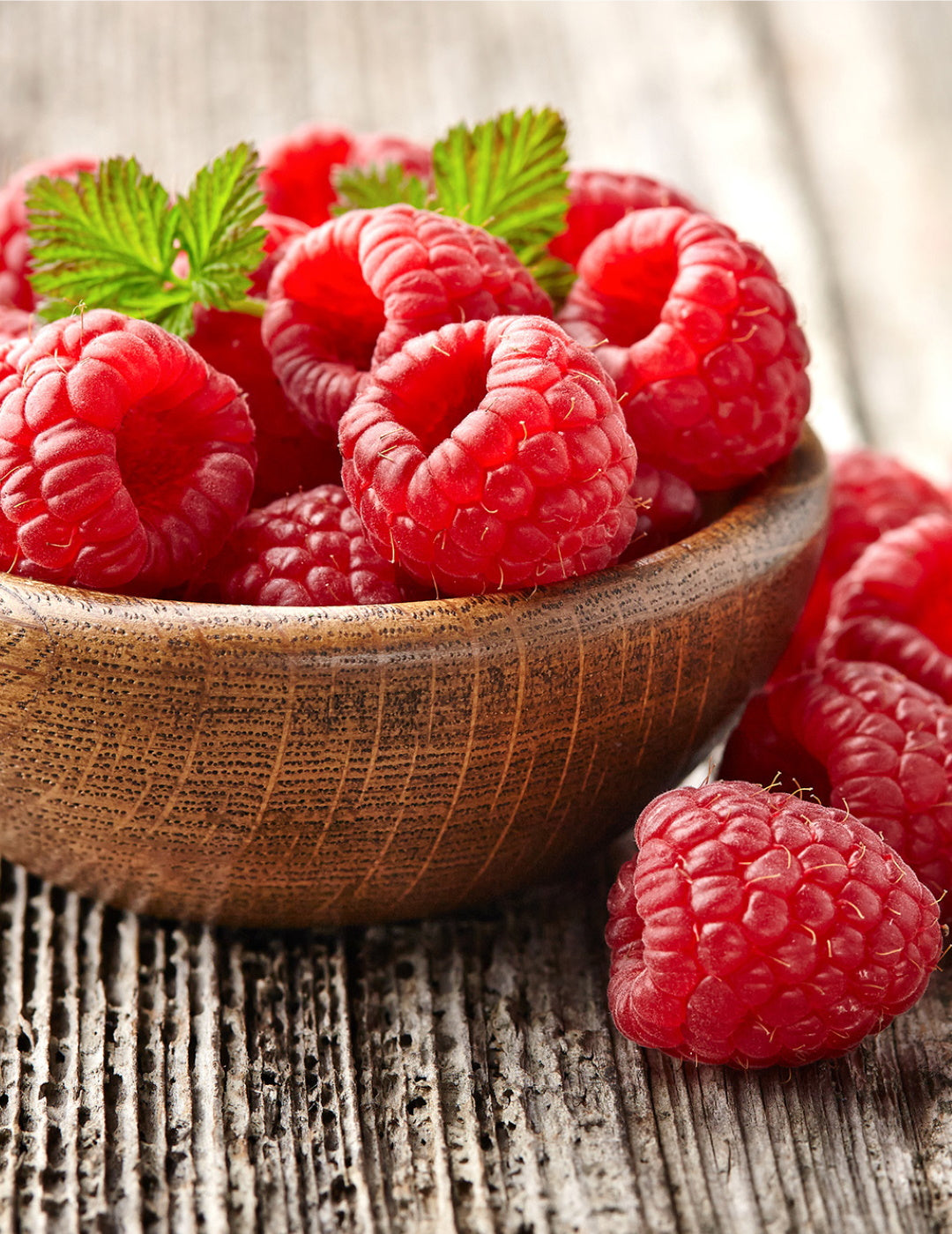
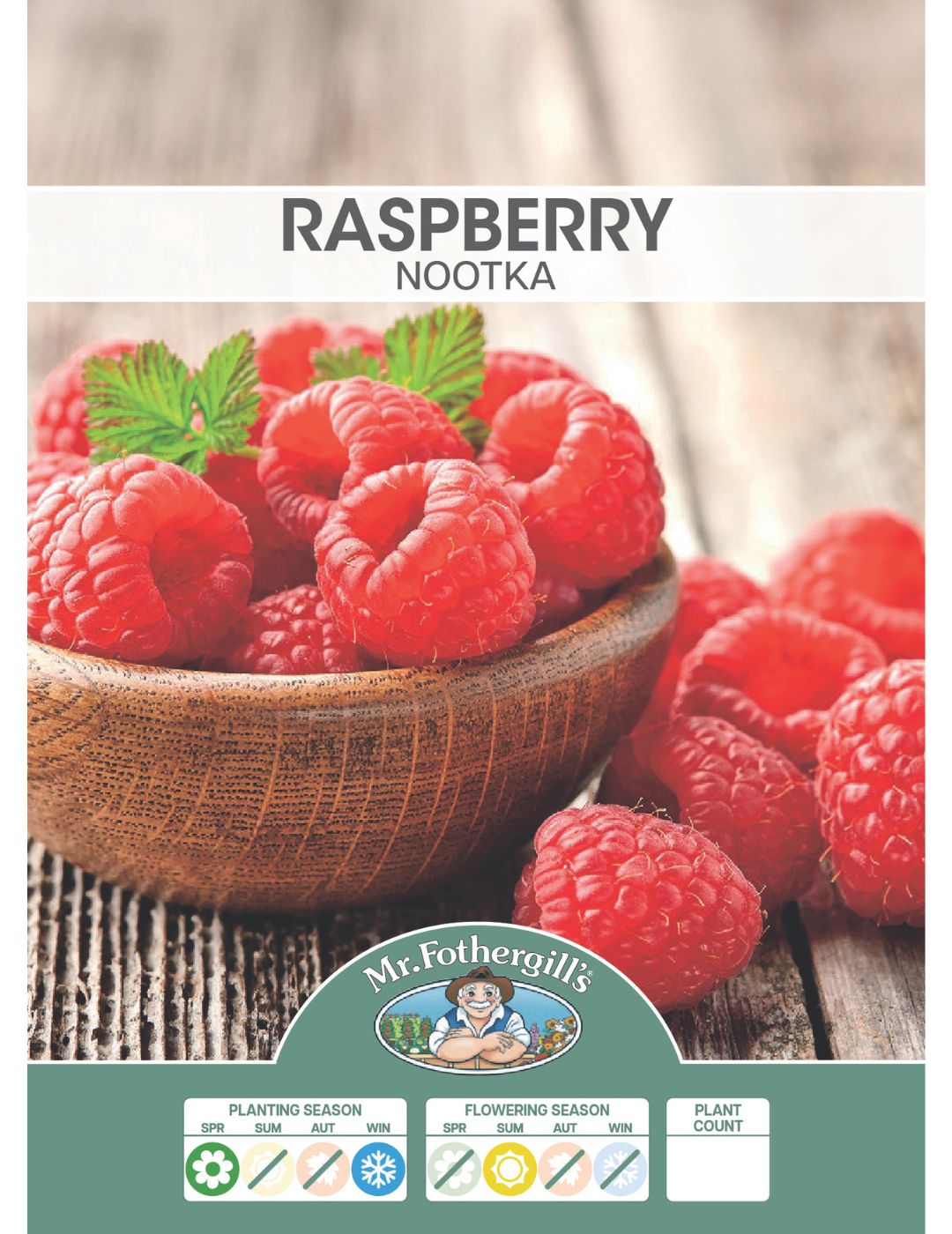
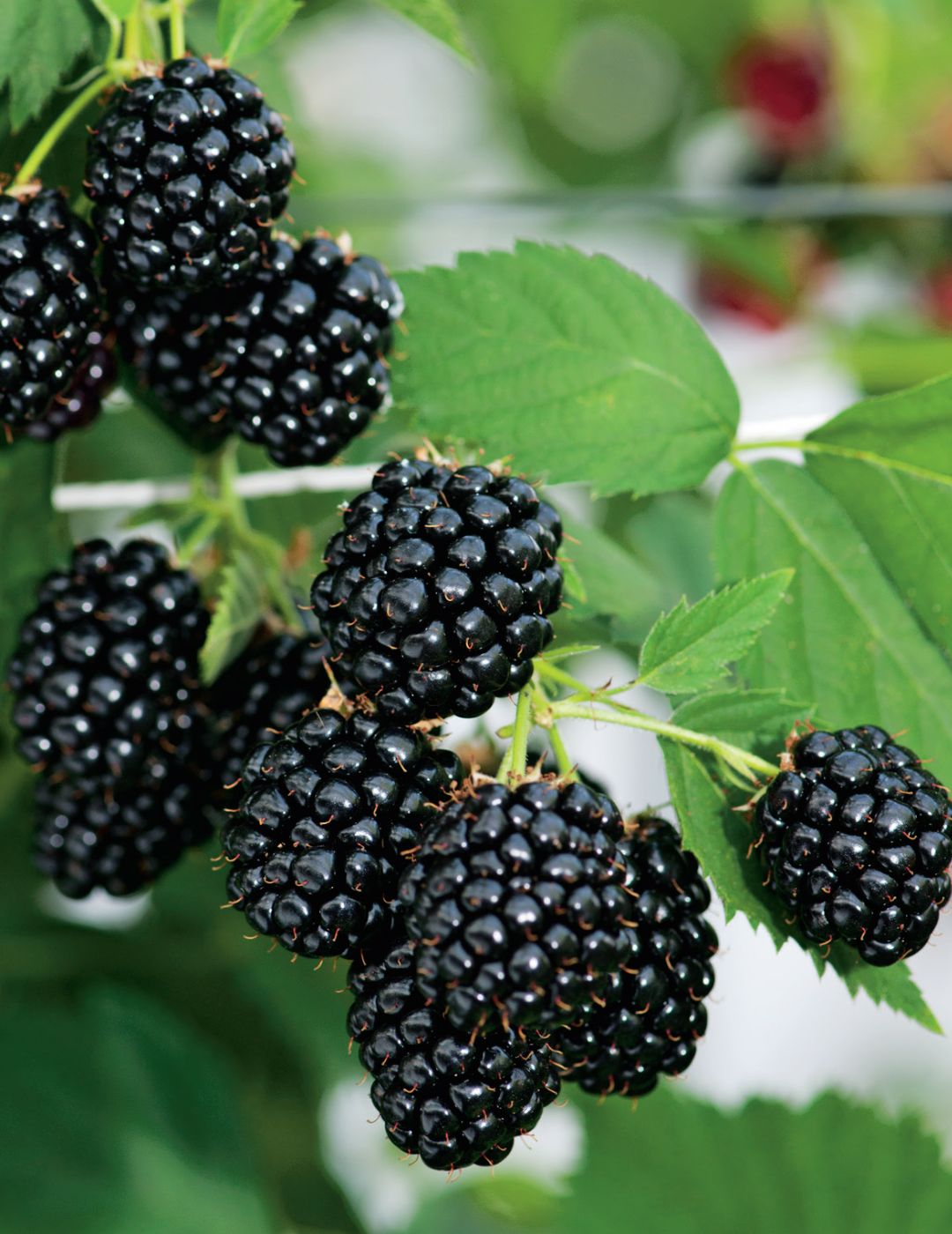
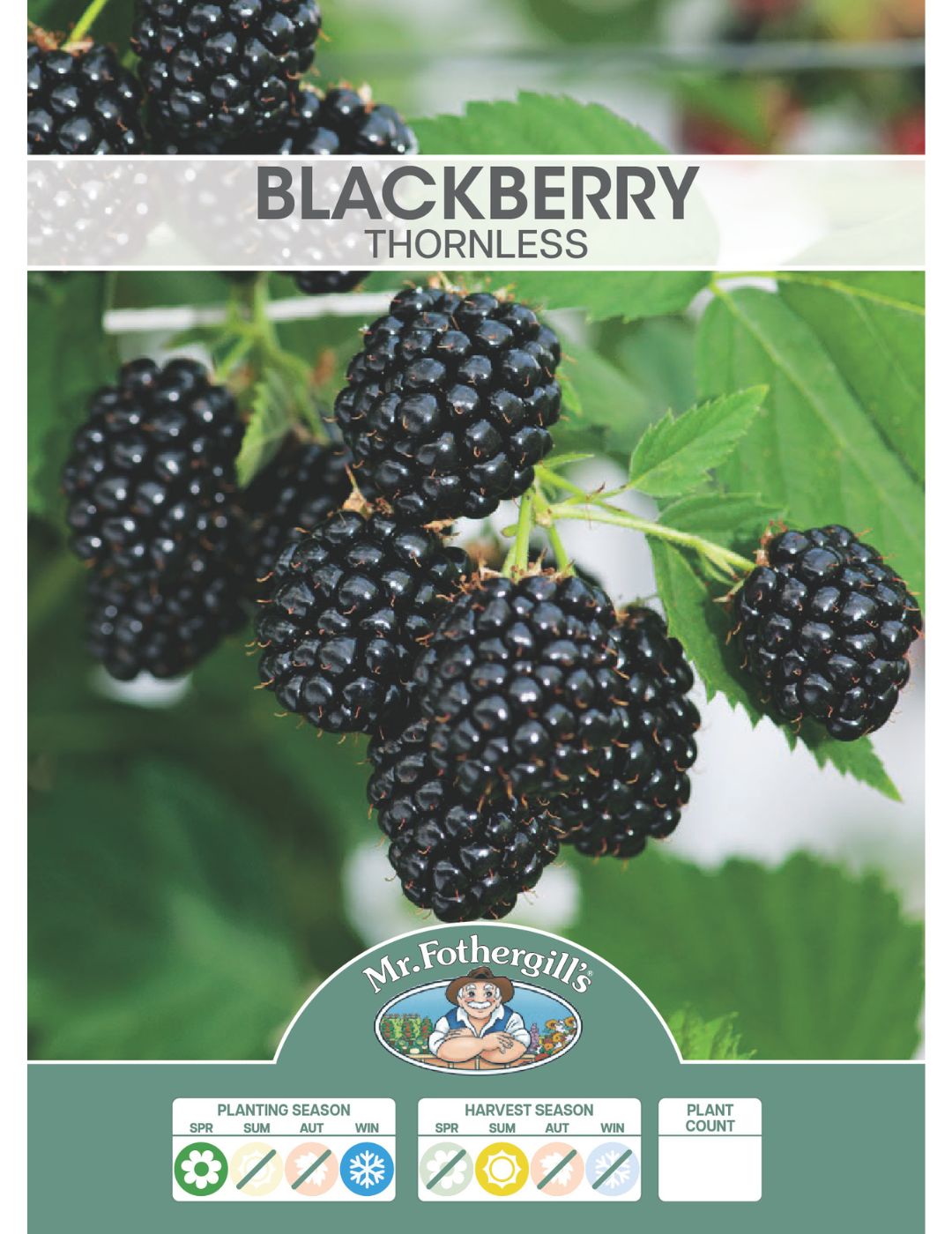
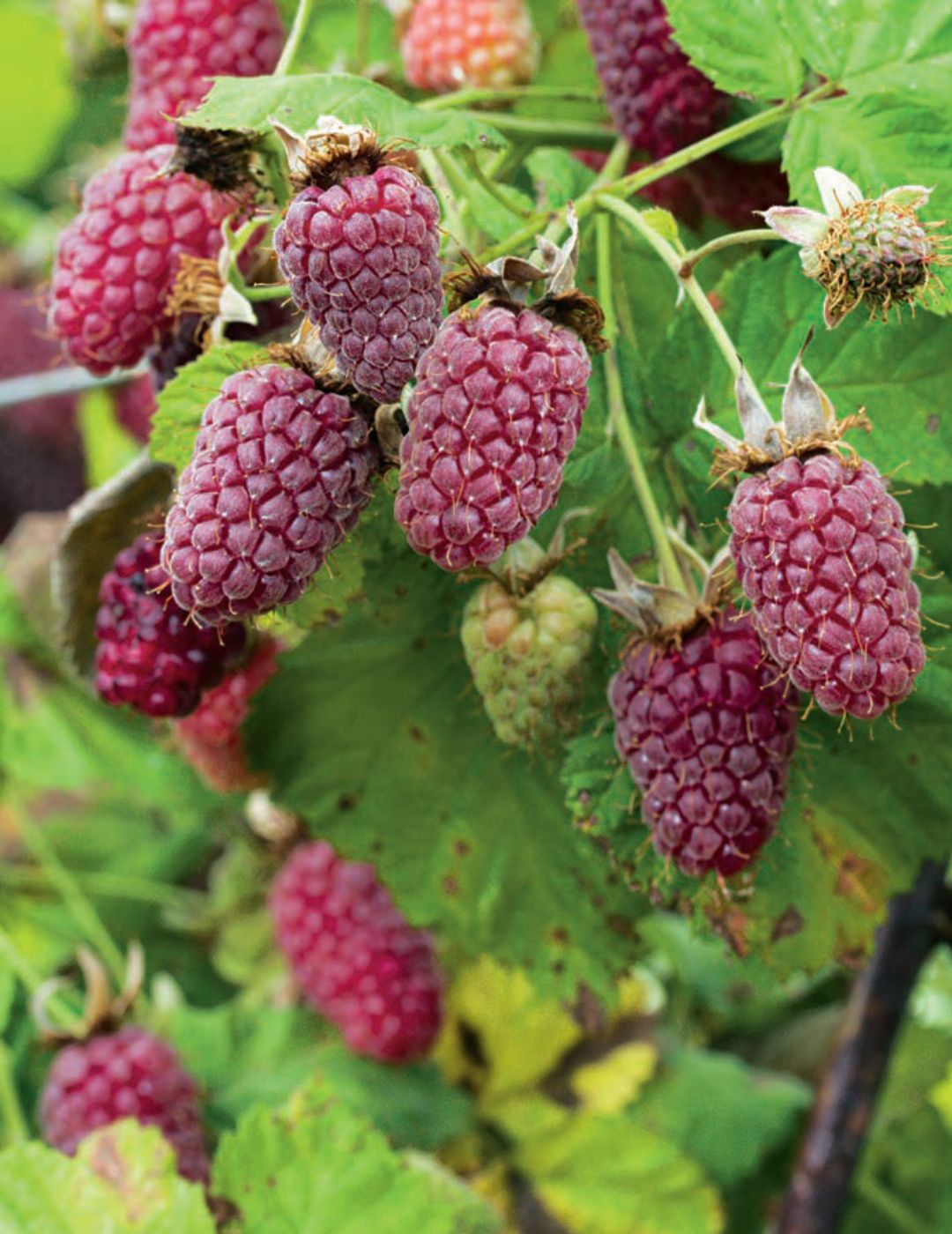



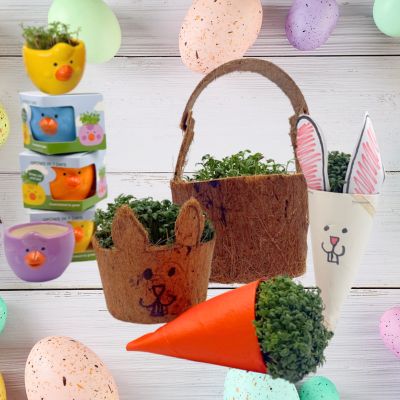

Leave a comment
All comments are moderated before being published.
This site is protected by hCaptcha and the hCaptcha Privacy Policy and Terms of Service apply.